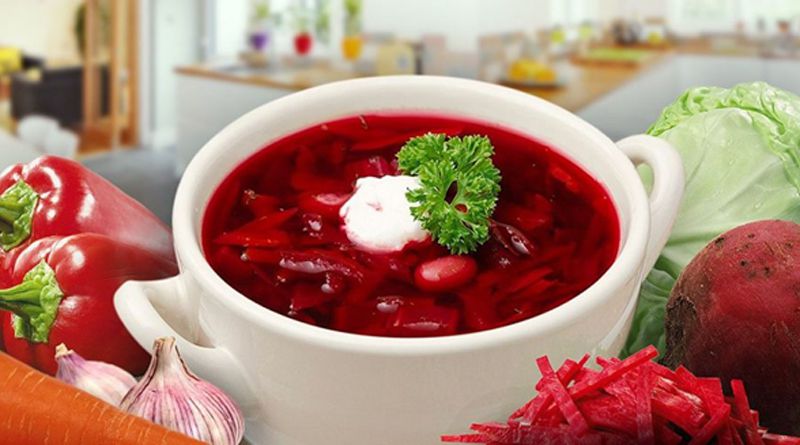More and more countries go back to their unique national identity and rediscover long-forgotten foods, customs, and forms of art that actually make them who they are. No wonder that the list of the immaterial cultural heritage of UNESCO is bursting at the seams and the waiting list of applicants looks even longer. It’s not a bad thing at all to remember who you are and what roots shaped your culture and your identity. Yet it is even better to discover the cultures of other countries and see how diverse – and similar – we all are at the same time.
Pathetic words aside, the truth remains the same: knowing others – people and countries – can help you live a happier and more fulfilling life. At least because world cuisines are a treasure-trove where you can borrow as much as you can carry away (or stuff into your belly), and it will only make them fuller. And there’s only a fraction of the joke in this claim.
The point of this brief but agitated speech? We’d like to introduce you to Ukrainian cuisine, namely, to its unique dish – Ukrainian borshch. If you know about it already, then you are lucky. If no, it’s high time you discover it – and cook at the first nearest opportunity.
What’s borshch, anyway?
Although the easiest way to describe borshch is to call it a soup, it’s not accurate. Soups are a separate category, and then there’s borshch. Like, there are rock’n’roll performers, and then there’s Elvis. That’s the closest comparison we can come up with. Yes, borshch is a first course that features broth and solid ingredients like vegetables and meat (or fish). But borshch has a few specific components and a particular taste balance that must be observed. Otherwise, you get a veggie soup at best.
Borshch must be sweet and sour at the same time, rich, nutritious, but not overloaded with fats. Some like it thinner, others cook it thick like a ragout. And at the same time, each family has its own recipe that is considered the only ‘real borshch.’
Myths about borshch
If you hear the word ‘soup’ and preconceptions rush to your mind, don’t hurry. Many ideas about soups that can turn you away from borshch simply do not apply. So read on to know how versatile and cool borshch is.
- There is a single universal recipe of borshch to stick to. No, it’s not true. Indeed, borshch must have some kind of stock as its basis, should feature beet, cabbage, other roots, and a particular kind of seasoning. But other aspects of cooking vary from region to region, and you can find a type of borshch that matches your idea of yummy. The ages-old proper recipe can be found at https://etnocook.com/ but it’s only a foundation for your creativity.
- Borshch needs to be cooked with rich meat stock only: absolutely not. You can cook borshch with seafood (fish, we mean) or prepare a fully traditional borshch that will be totally vegan.
- Borshch must be eaten while hot: not obligatorily. There’s cold borshch that is served chilled and so is fit for the scorching summer’s dinners.
- Borshch is heavy on the stomach: no. Food processing through boiling makes veggies more digestible and in general, makes a dish lighter on the stomach. Besides, the dish is full of healthy fats, fiber, and liquid.
- Borshch does not let you put some creativity into cooking. Well, it depends. If you plan to put pasta, tofu, or mayo in borshch, then no. It’s not acceptable. But if you try to add some local veggies to it or replace an inaccessible component with the local variety of it, it will work out. Just stick to the principle – broth, protein (meat or beans, or both), root veggies, some vegetable fat, sweet’n’sour taste, and you’ll get it right.
Good luck in your experiments and Bon appetit!

Namaste UI collaborates closely with clients to develop tailored guest posting strategies that align with their unique goals and target audiences. Their commitment to delivering high-quality, niche-specific content ensures that each guest post not only meets but exceeds the expectations of both clients and the hosting platforms. Connect with us on social media for the latest updates on guest posting trends, outreach strategies, and digital marketing tips. For any types of guest posting services, contact us on info[at]namasteui.com.

